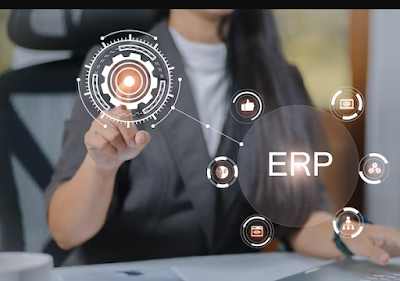The Intersection of Art and Code: Creating Interactive Art with Software Development
Art and code may seem like two entirely different worlds, but the intersection of these two fields has produced some of the most interesting and innovative works of art in recent years. The rise of technology has given artists the tools to create interactive art that engages audiences in new and exciting ways. Software development has played a crucial role in making this possible, allowing artists to use code as a creative medium to bring their visions to life.
Interactive art has been around for centuries, but the integration of code has opened up new possibilities for artists to create immersive experiences that engage the senses in ways that traditional art cannot. From interactive installations to virtual reality experiences, the intersection of art and code has given rise to a new generation of artists who are pushing the boundaries of what is possible in the world of art.
One of the most exciting aspects of creating interactive art with software development is the ability to create dynamic and responsive works of art that adapt to the audience and their surroundings. This is achieved through the use of sensors, cameras, and other technologies that allow the artwork to respond to movement, sound, and other inputs. This creates an immersive experience that can be personalized and unique for each viewer.
One of the pioneers of interactive art is the American artist and designer John Maeda. Maeda's work combines art and technology in innovative ways, and he has been a major influence on the development of interactive art over the past few decades. His work often involves the use of code and programming languages to create dynamic and responsive installations that engage the viewer on multiple levels.
Another artist who has been at the forefront of the intersection of art and code is Golan Levin. Levin's work often involves the use of algorithms and computer vision to create interactive installations that respond to the viewer's movements and gestures. His work has been exhibited in museums and galleries around the world and has won numerous awards for its innovative use of technology in art.
One of the most exciting things about creating interactive art with software development is the fact that it is a constantly evolving field. As new technologies emerge, artists have the opportunity to experiment with new tools and techniques to create even more dynamic and immersive works of art. This means that the possibilities for interactive art are virtually endless, and there is always something new and exciting to explore.
In conclusion, the intersection of art and code has opened up new possibilities for artists to create dynamic and immersive works of art that engage audiences in new and exciting ways. Software development has played a crucial role in making this possible, providing artists with the tools and techniques they need to bring their visions to life. As technology continues to evolve, we can expect to see even more innovative and exciting works of interactive art that push the boundaries of what is possible in the world of art.




Comments
Post a Comment